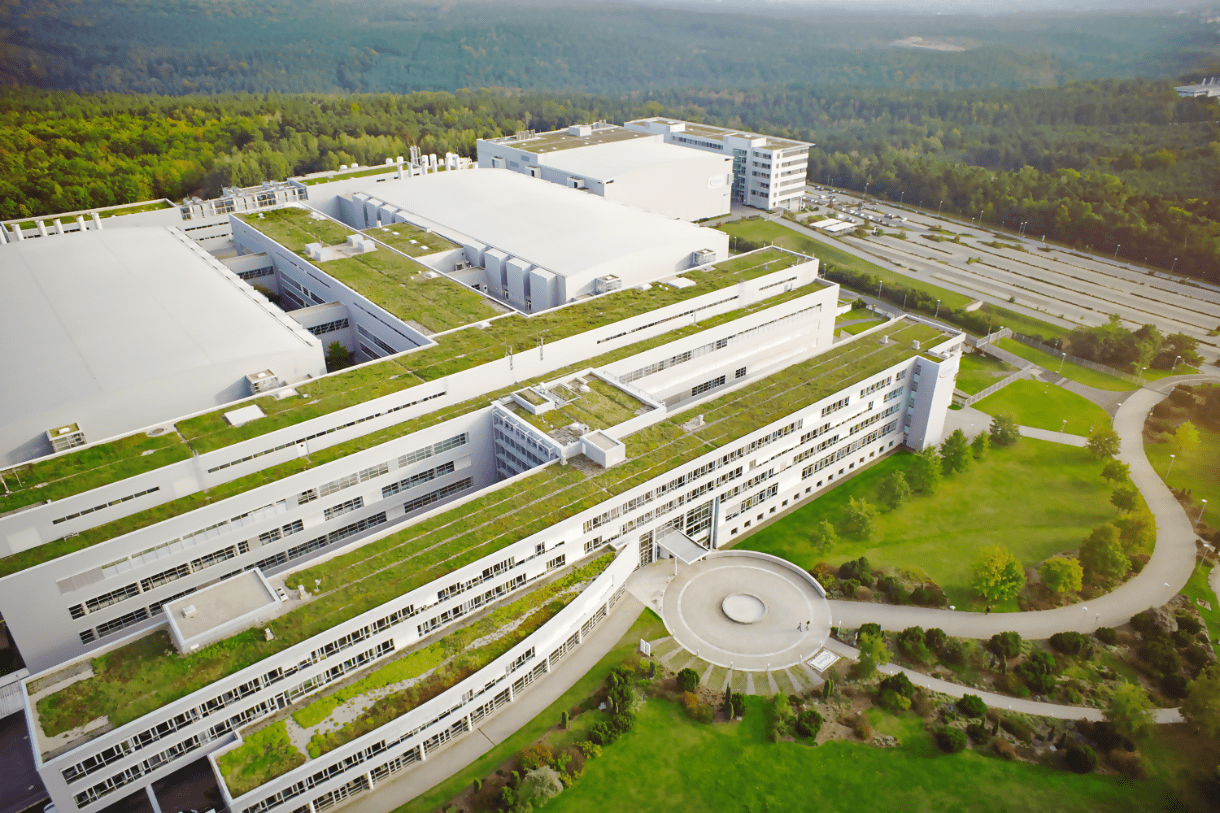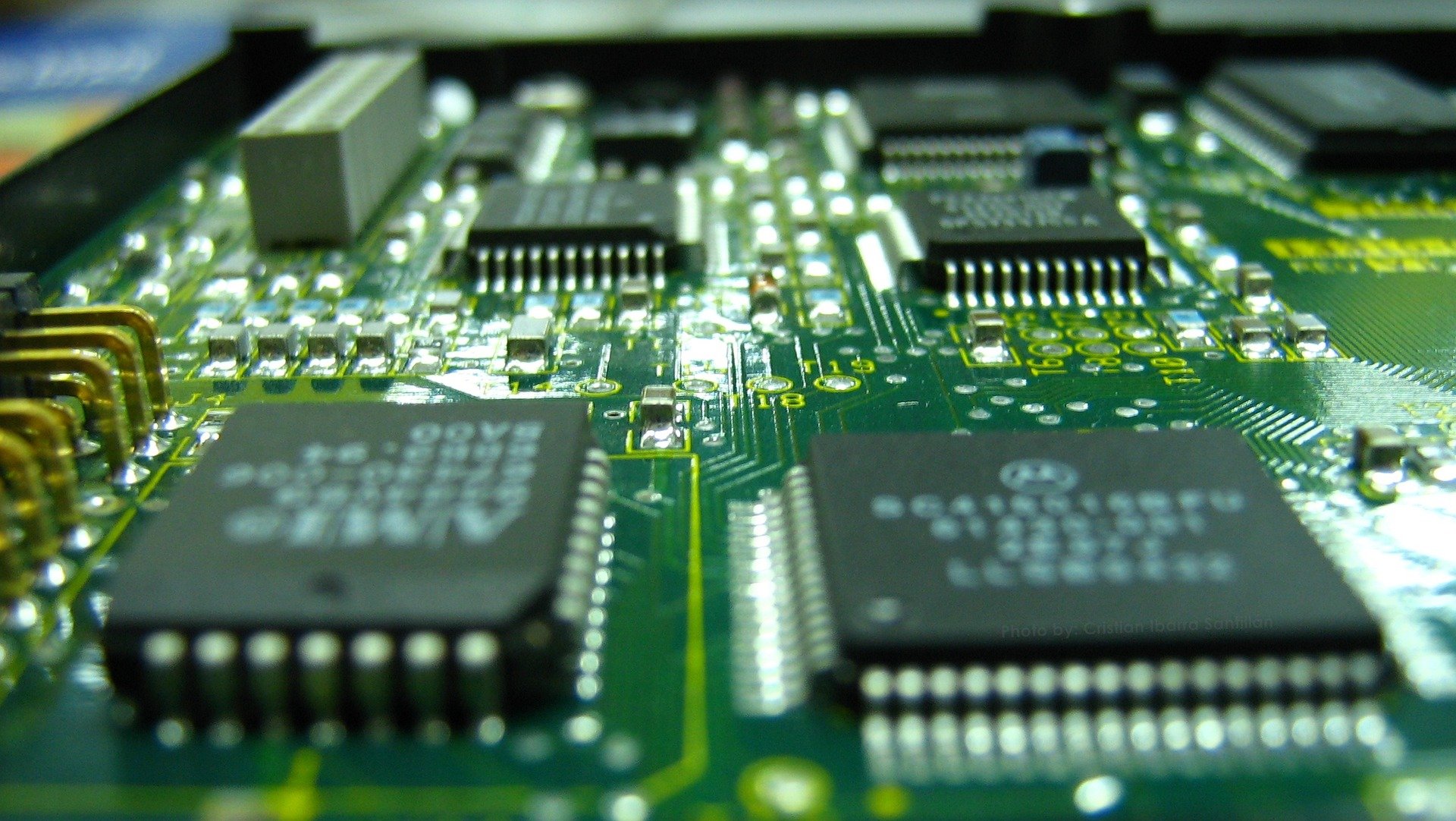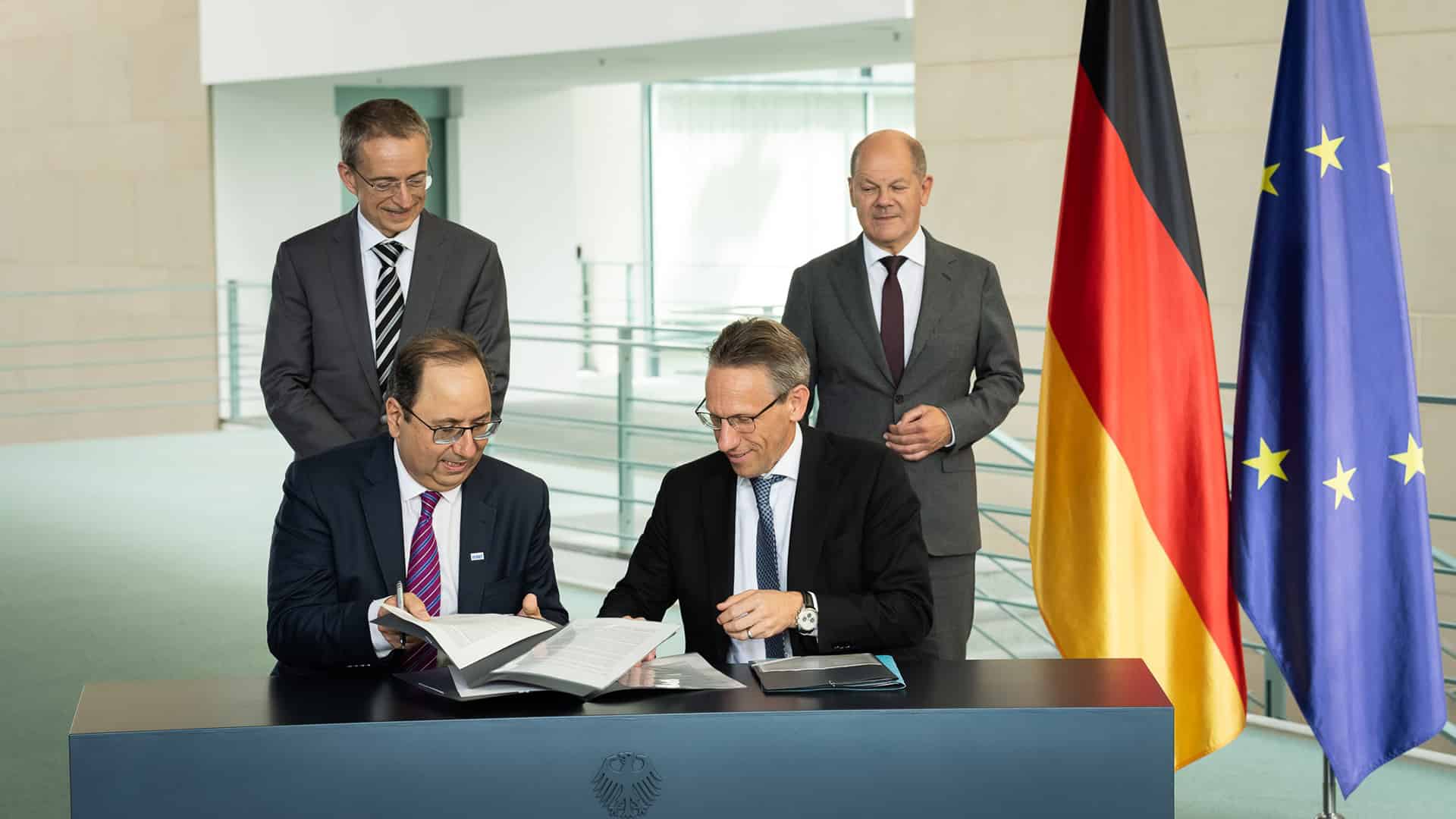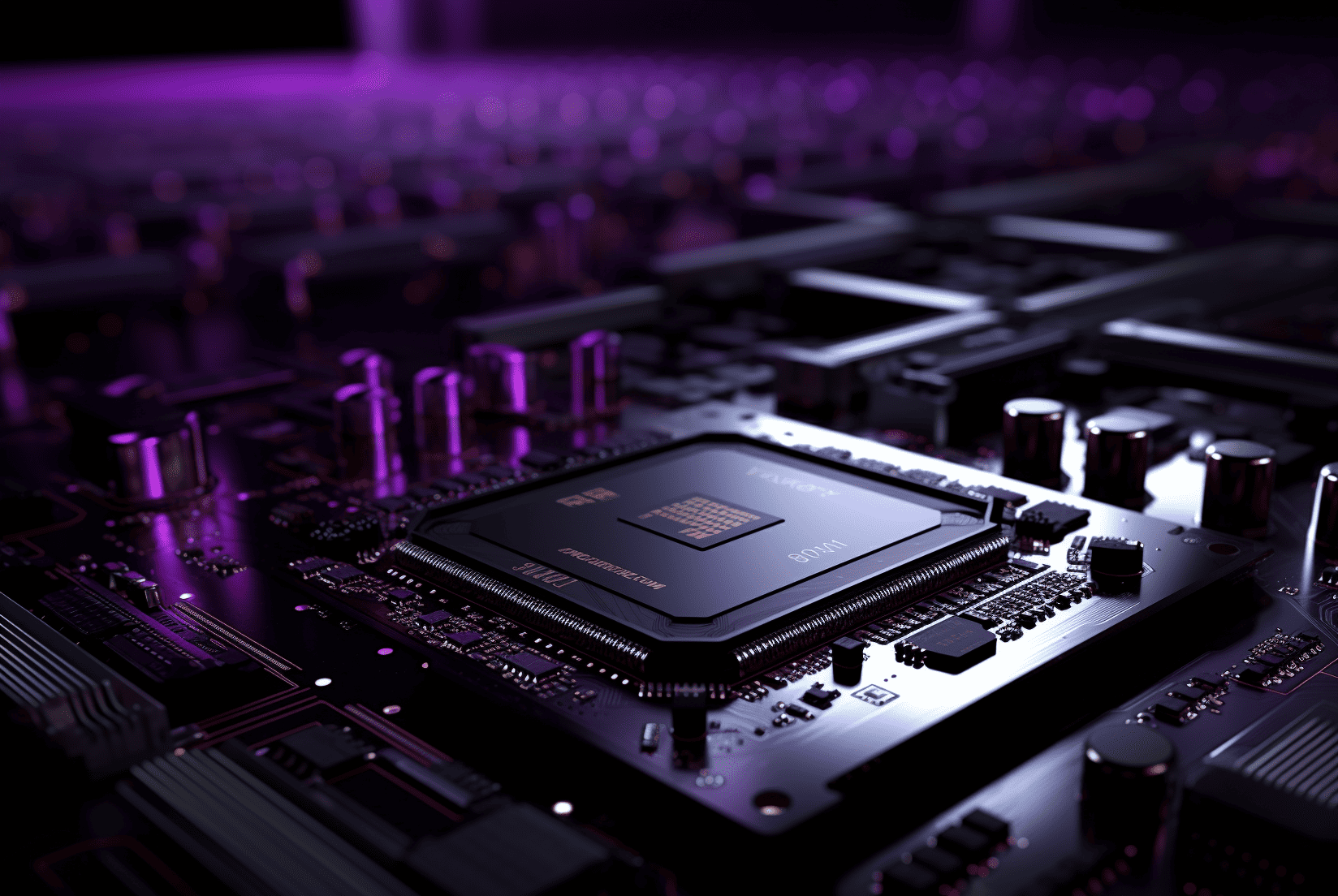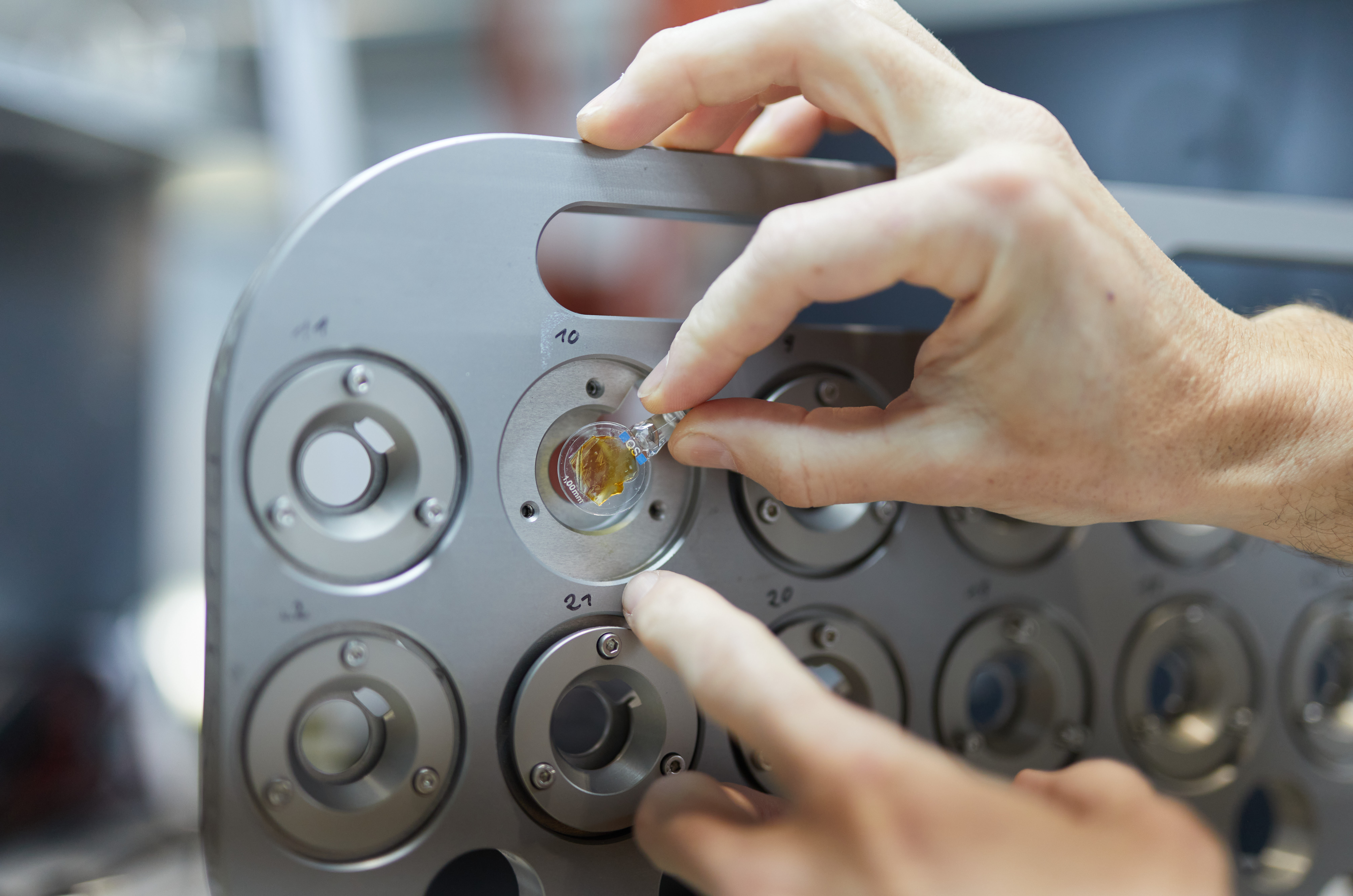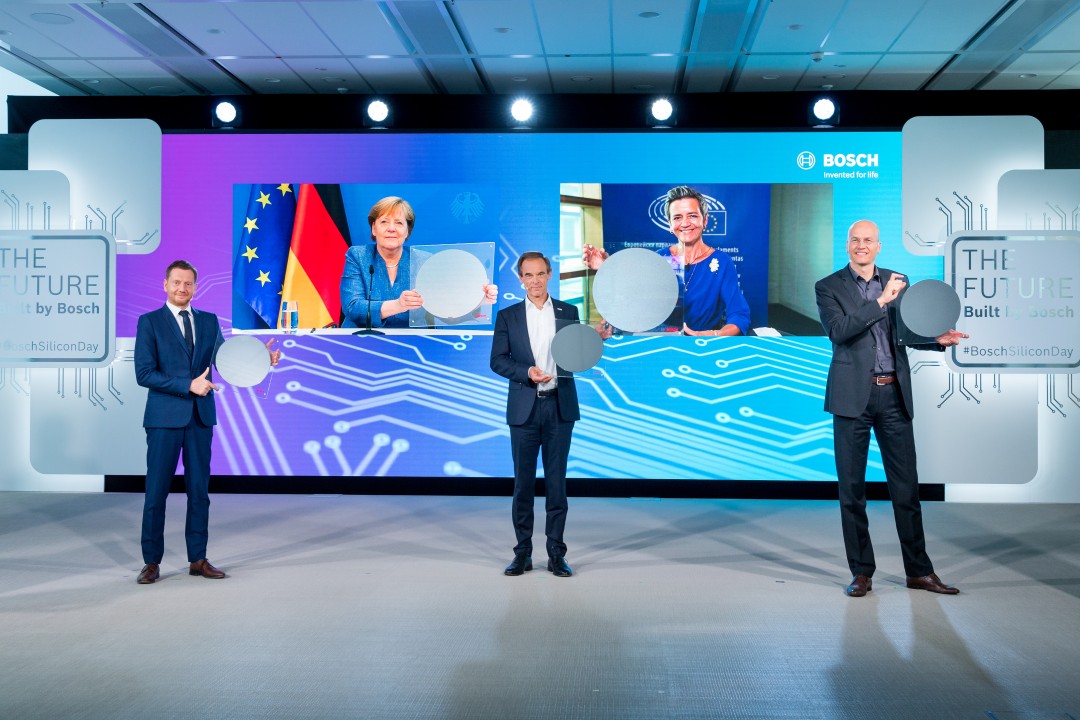
“Kleine Chips, die Großes leisten.” – Or in English, ‘small chips that do big things‘. That was one of the superlatives with which the German technology company Bosch went out of its way this week to underline the importance of its new factory in Dresden. The chip factory is one of the most modern in the world, according to chair of the board Volker Denner. A total of €1 billion has been invested in it, the highest amount ever for the Stuttgart company. And it’s a ray of hope for the auto industry, which has been facing major chip shortages for months.
That is also one of the reasons why Bosch has done its utmost to push production forward. Initially the factory was going to open at the end of this year. That is now set to happen six months earlier than planned.
The first chips will roll off the assembly line in July, something that is essential for Bosch, as it is one of the largest automotive suppliers in the world. The company makes everything from gearboxes to braking systems. And all those parts need microchips.
Steely discipline
Denner explains that with the factory, Bosch is strengthening its position as the global number six in chips for the automotive industry. This is a matter of the steely discipline, according to division chief Harald Kröger. That’s because chips for cars are not only complex, they also have to withstand extreme temperatures and shocks.
In any event, Europe is good at making microchips for cars. Market leader is Netherlands-based NXP; Germany’s Infineon is number two. Denner thinks that with the new factory in Dresden “the pressure on the automotive sector will ease up a little.” Yet he does not mince his words. “There are still some tough months ahead of us. We don’t expect the shortages to normalize until 2022.”
Silicone Saxony
There was an elated reaction in Brussels and Berlin to the opening of the factory. The Berlin government hopes that “Silicone Saxony” will be given a boost by it. The area around Dresden has been trying for years to become a center for microelectronics. And it is managing to do that pretty well too. It is estimated that there are now around 2,300 semiconductor companies active, employing 60,000 people. The turnover of these companies is approaching €17 billion per year.
“A new epoch for microelectronics is beginning in Dresden,” said Economy Minister Peter Altmaier. His ministry has supported the Bosch factory to the tune of about €200 million because it is what is known as an “Important Project of Common European Interest” (IPCE).
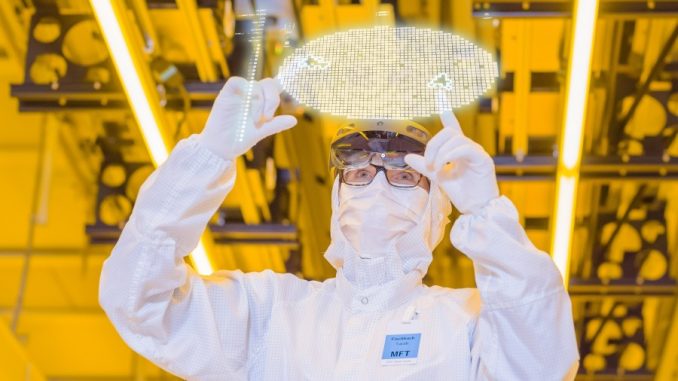
The European Commission is fully behind this. It is no secret that Brussels is very concerned about Europe’s increasing dependence on microchips from overseas. For example, the share of European manufacturers in the semiconductor sector has fallen from 44% in 1990 to 9% in 2020, figures from the trade association show.
The really big players in the chip industry are in the US, South Korea and Taiwan, while China is emerging. EU Commissioner Margrethe Vestager therefore sees the Bosch factory as an investment that “strengthens Europe as a stronghold of world-class innovation.”
Incidentally, Denner believes that it is an illusion to think that Europe can become independent from the rest of the world. Nor is that particularly appealing. “It’s not about being able to do everything. It’s much more important that Europe should do several things that it is best at.” With its lithography machines, the Dutch company ASML is an example of that. Bosch, in addition to car chips, is also very strong in so-called MEMS, or micro-electromechanical systems. So everybody has their specialty.
Wafers
According to Kröger, what makes the Dresden factory so special is not just the microchips, it’s almost more about the process, which is where artificial intelligence and the “internet of things” are combined (AIoT). The result is highly automated production in which machines constantly communicate with each other (and people) and, if all goes well, get better and better at it over time.
What Bosch intends to make in Dresden are wafers with a diameter of 300 millimeters and a thickness of 60 micrometers, thinner than a human hair. Wafers are a kind of round plate made of monocrystalline semiconductor material, usually silicone. A total of 31,000 chips fit on each 300 mm wafer. Up until now, Bosch only made wafers of 150 mm and 200 mm.
Although with the wafers, the microchips are not yet ready, of course. The chips must then be processed for their final destination. For instance, they are used in cars to process data from sensors. If it is raining, the windshield wiper must be turned on, if there is a collision, the airbag must open, if there is a steep slope, the gears must change. There are hundreds of examples in which microchips process and transmit information.
“There are three factors that will drive demand for automotive chips over the coming years, namely: Electric driving, infotainment and autonomous driving cars, ” Krause asserts. In his estimation, in two years’ time, each car will have about 600 euros worth of microelectronics embedded in it. That’s about five times as much as at the end of last century.
Here is a link to the press conference.


